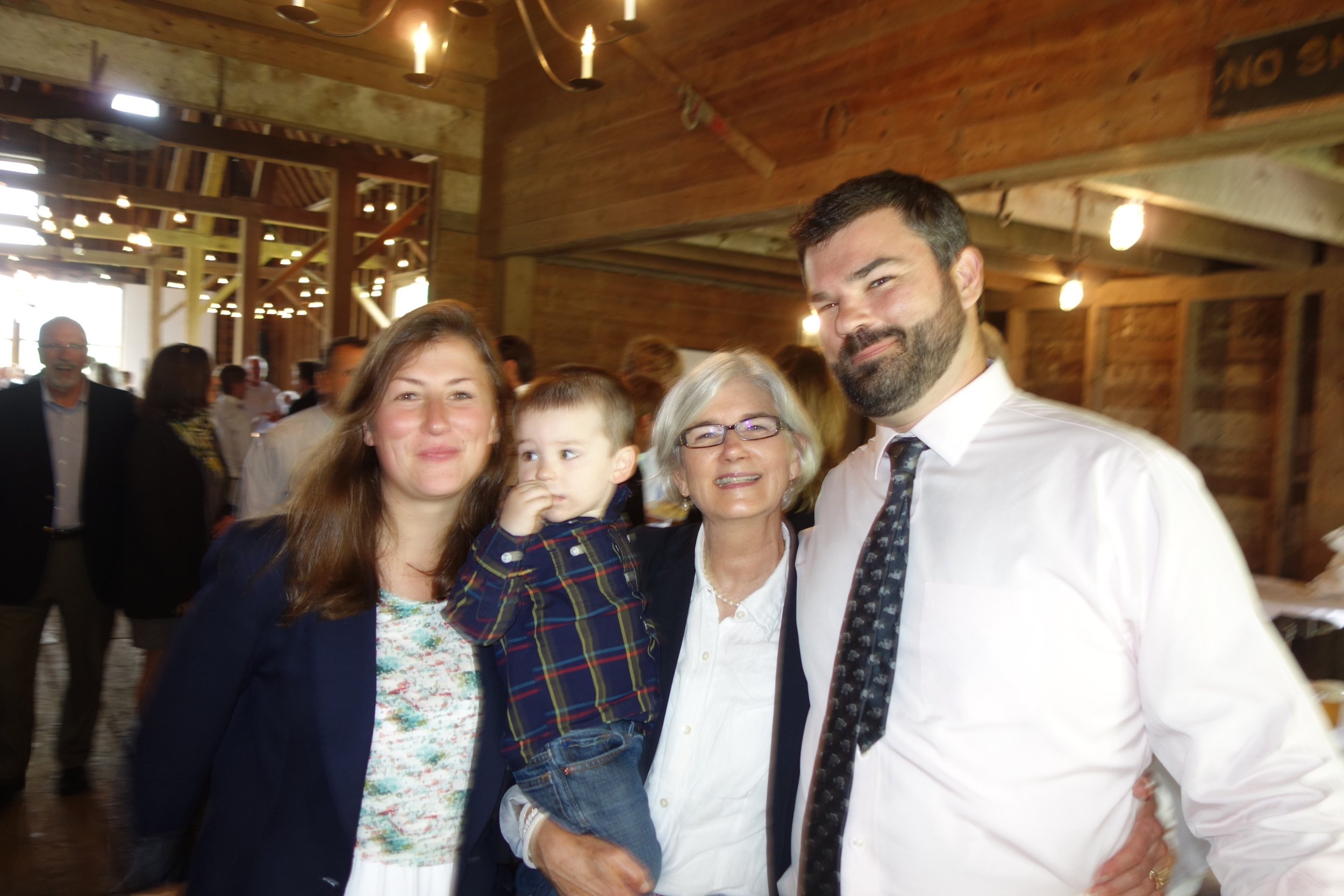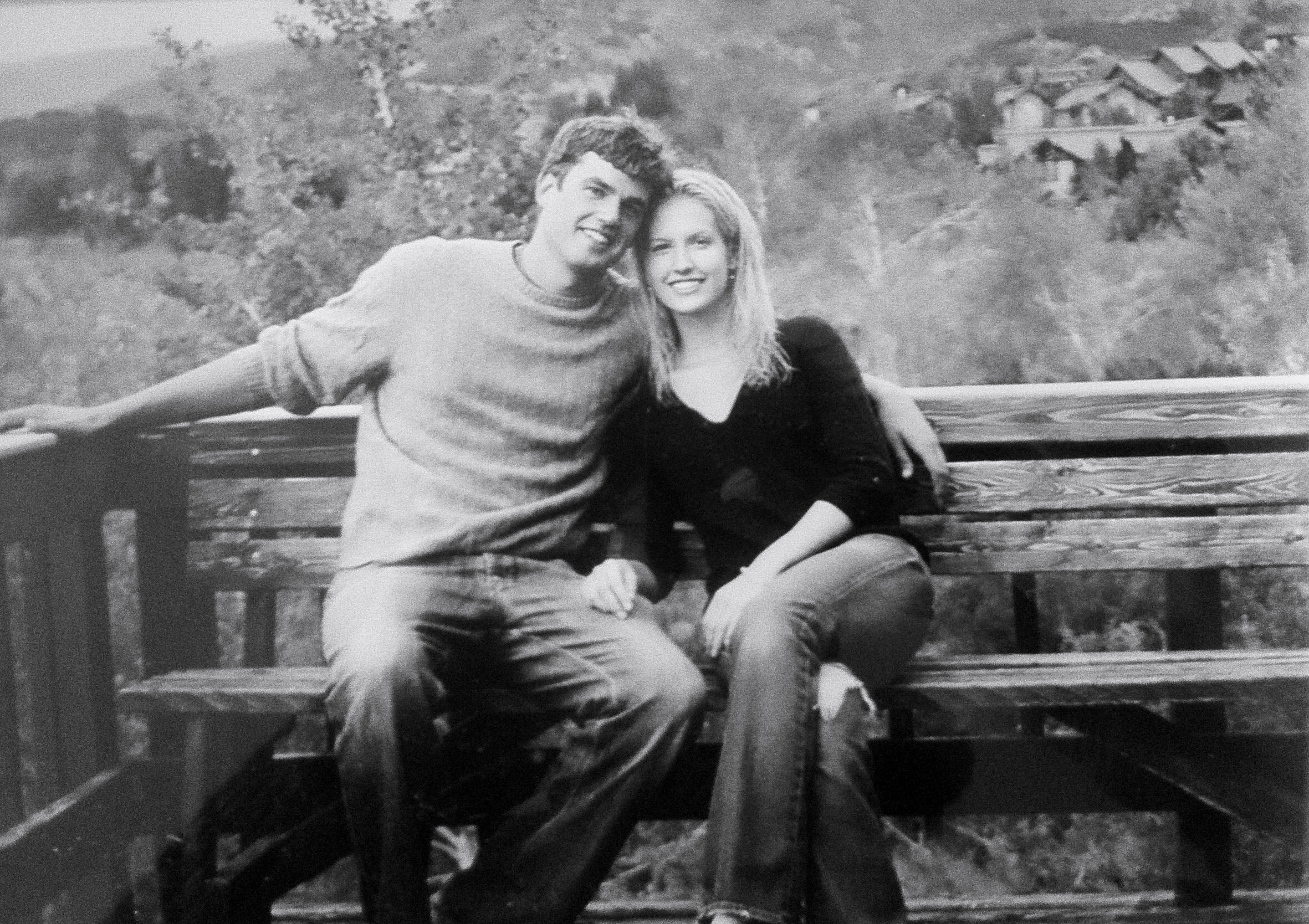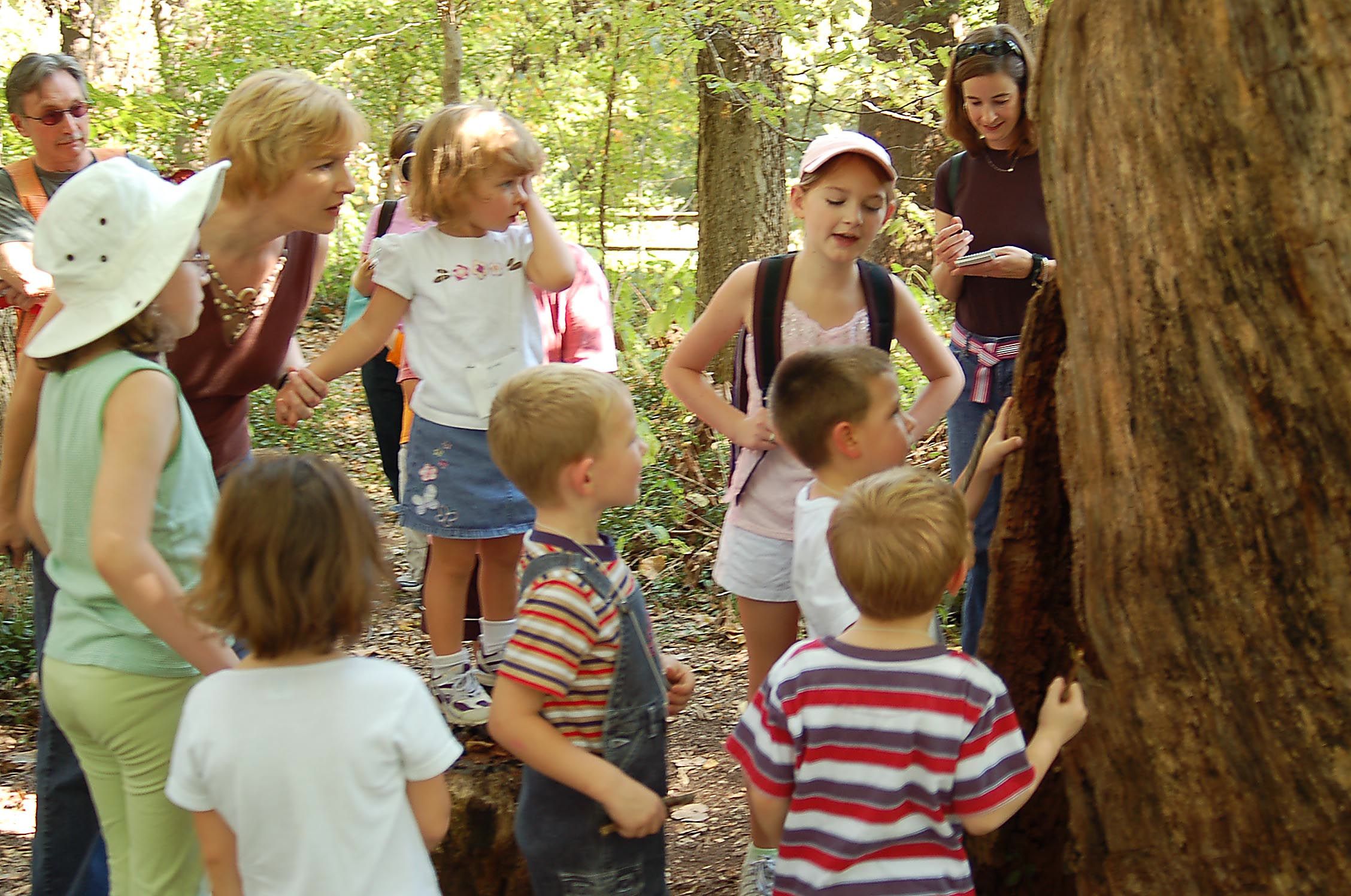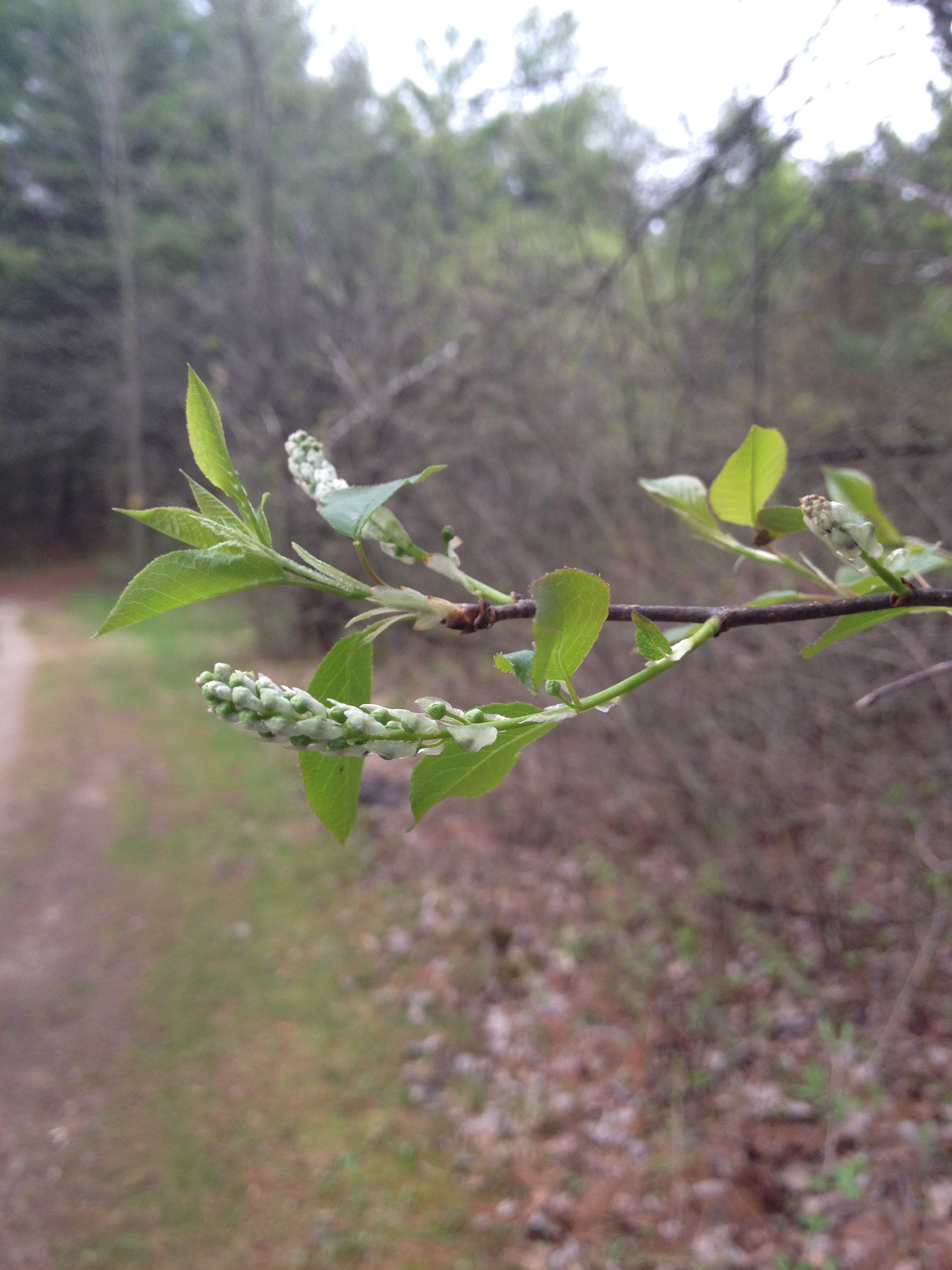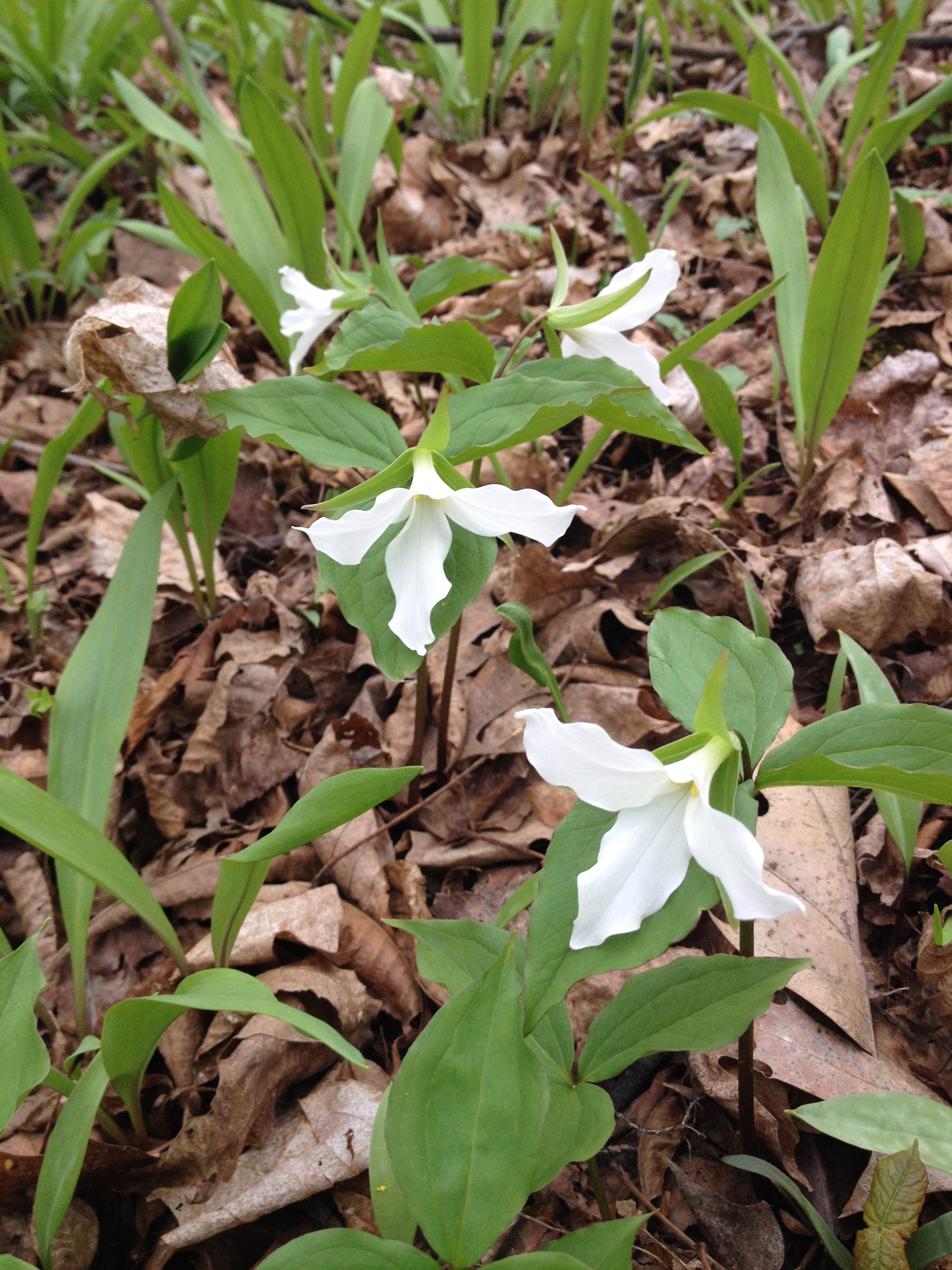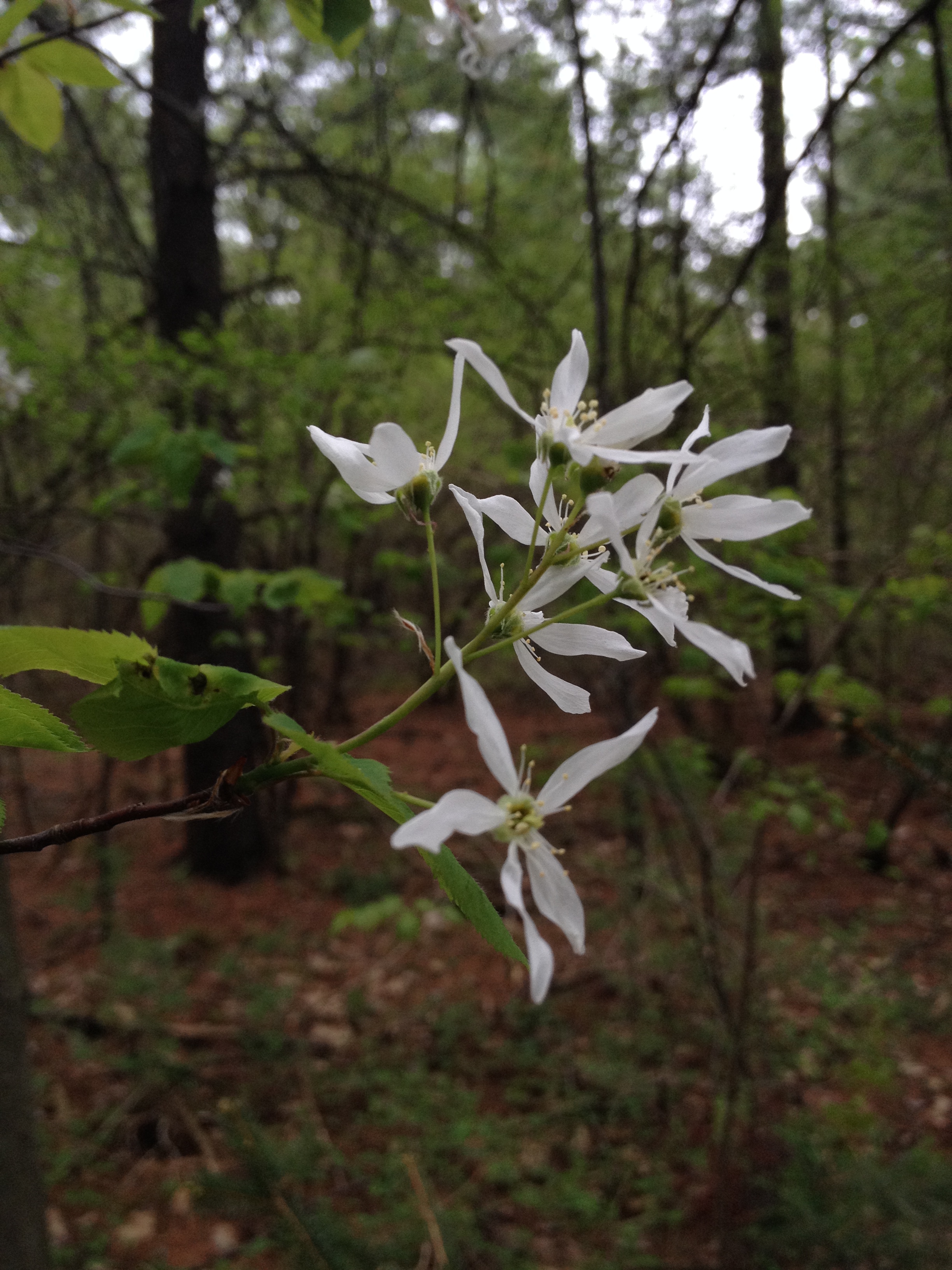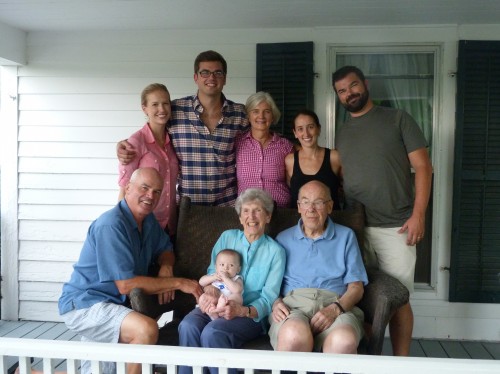 As everyone else is going back to school, we are getting ready for the wedding of our youngest son in a few days. It is going to take place at the family farm that has been in Ashley's family for five generations. Ashley, (who is flying home from working at School 33 in Buffalo right now), has worked for 6 months with a team of his brothers, in between everything else, to restore the classic, white Vermont barn to be wedding ready. Hard to believe how transformed it is.
It takes attention to so many details to plan a wedding... a joyous, fabulous, amazing event! When we put the manuscript for In the Spirit of the Studio in the mail on August 15th, the very next hour I started on wedding planning full time. Much anticipation, imagination, choices, putting all the pieces together like a puzzle, getting ready for the arrival of friends and family from far and wide.
As everyone else is going back to school, we are getting ready for the wedding of our youngest son in a few days. It is going to take place at the family farm that has been in Ashley's family for five generations. Ashley, (who is flying home from working at School 33 in Buffalo right now), has worked for 6 months with a team of his brothers, in between everything else, to restore the classic, white Vermont barn to be wedding ready. Hard to believe how transformed it is.
It takes attention to so many details to plan a wedding... a joyous, fabulous, amazing event! When we put the manuscript for In the Spirit of the Studio in the mail on August 15th, the very next hour I started on wedding planning full time. Much anticipation, imagination, choices, putting all the pieces together like a puzzle, getting ready for the arrival of friends and family from far and wide.
The first event in the new barn was the memorial service for Ashley's father which was in early June. This barn is serving as a place to celebrate important passages in the life a family. We found a piece by Antoine de St. Exupery that expresses so much of what we are feeling right now.
In a house which becomes a home, one hands down and another up, the heritage of mind and heart, laughter and tears, musings and deeds.
Love, like a carefully loaded ship, crosses the gulf between generations.
Therefore, we do not neglect the ceremonies of our passage: when we wed and when we die, and when we are blessed with a child; when we depart and when we return, when we plant and when we harvest.
We live not by things, but by the meaning of things.
Wish us luck! We will see you in September when we will be ready to go back to school ourselves.



